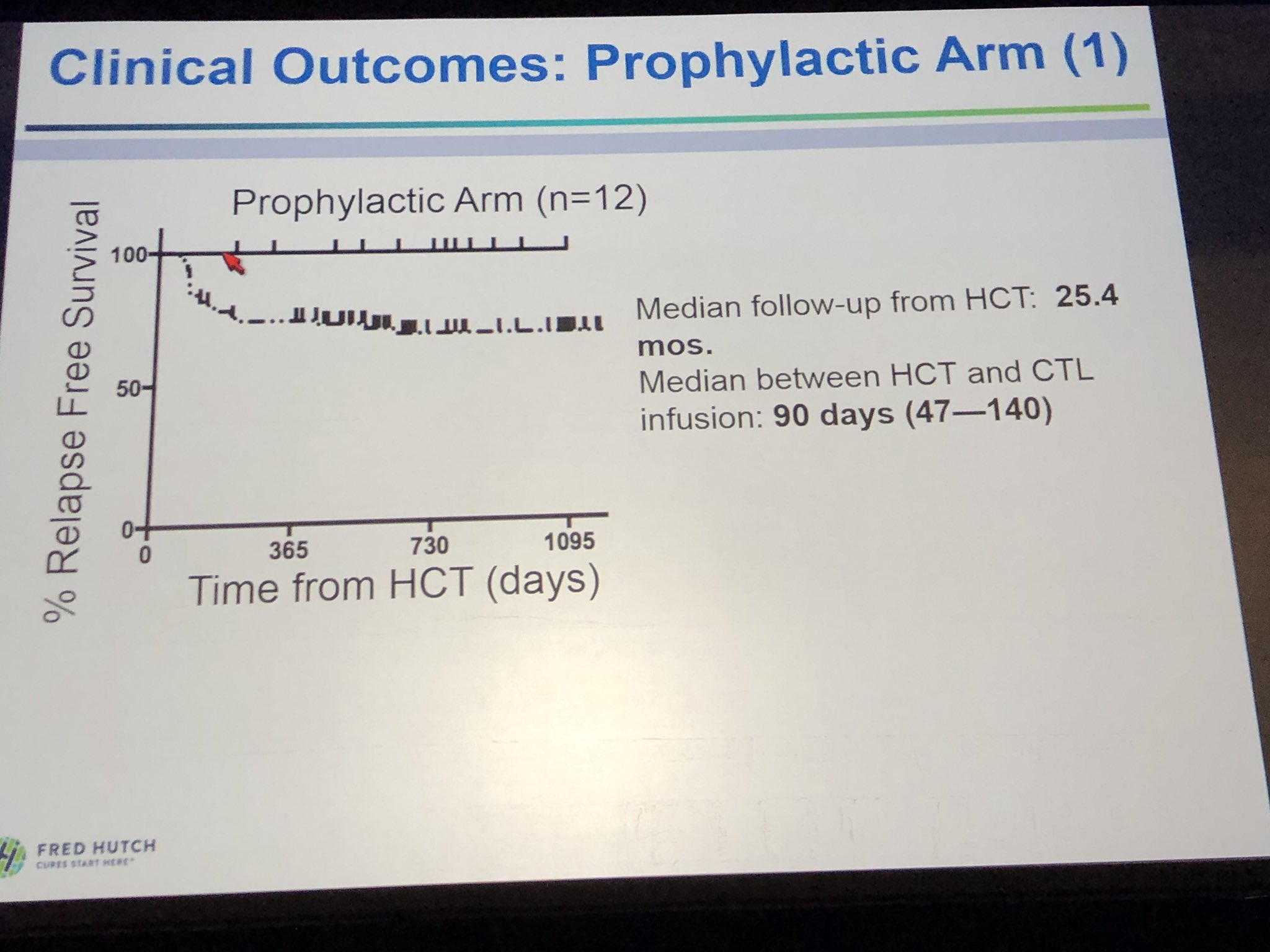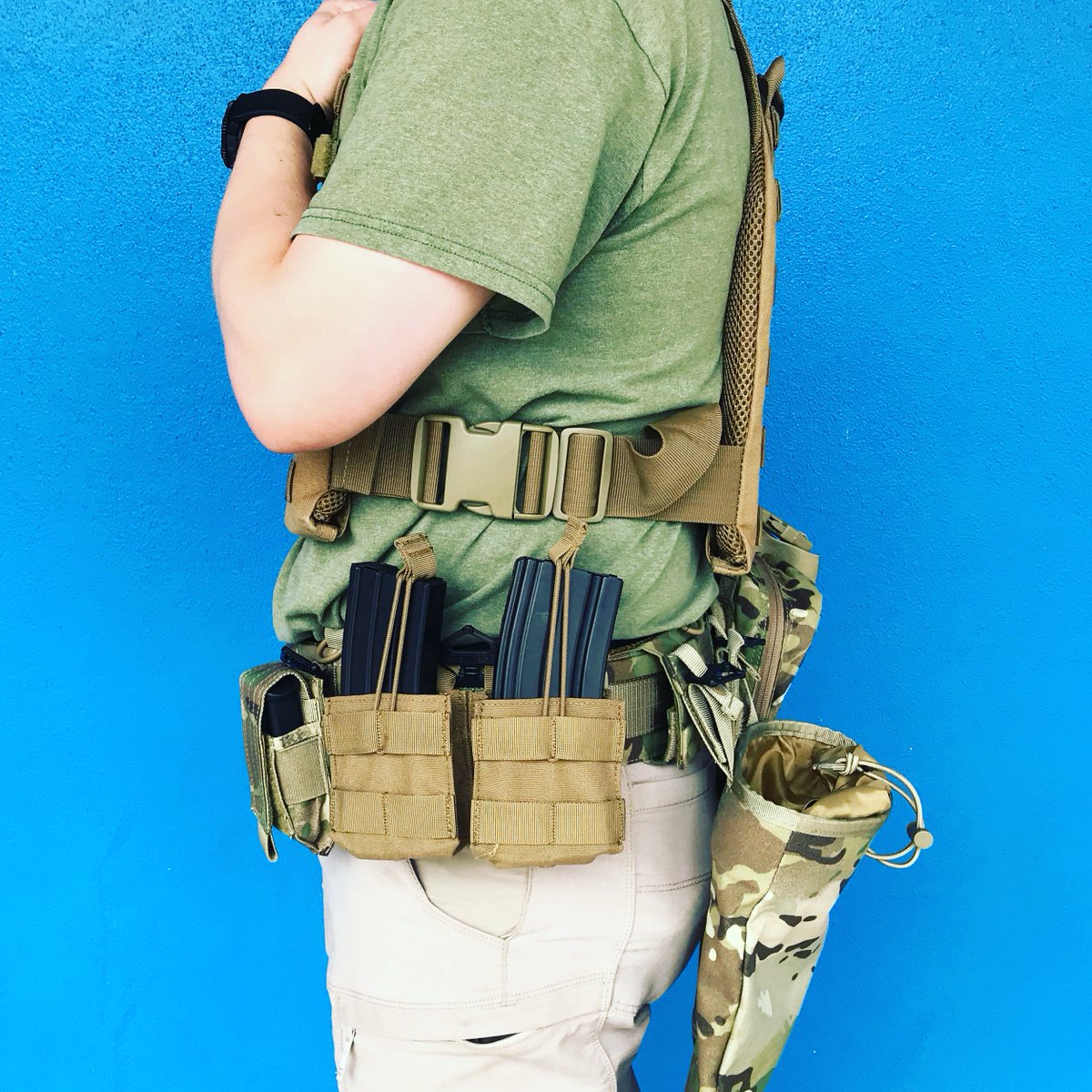Aagmaa: The Cultural Heartbeat Of Mongolia
So here's the deal, Aagmaa is more than just a word—it's a cultural treasure, a lifeline, and an essence that flows through the veins of Mongolia. Imagine this: a vast land where ancient traditions meet the modern world, and Aagmaa is the thread that ties it all together. It’s not just about music or dance; it's about identity, connection, and heritage. If you’ve ever wondered what makes Mongolian culture so unique, Aagmaa is your answer. Stick around, because we’re diving deep into the soul of this incredible phenomenon.
Let me paint you a picture. Aagmaa isn’t just a random term; it’s deeply rooted in the history and traditions of Mongolia. Think of it as the heartbeat of a nation, the rhythm that keeps people connected to their roots. From throat singing to traditional instruments, Aagmaa encompasses everything that defines Mongolian artistry. And guess what? It’s not just for show—it’s a way of life. So, whether you’re a culture enthusiast or just curious about the world beyond your bubble, this is one journey you don’t want to miss.
Now, before we dive headfirst into the rich tapestry of Aagmaa, let’s get something straight: this isn’t just another blog post. This is a deep dive into the soul of a culture, an exploration of what makes Aagmaa so special. We’re talking history, traditions, music, dance, and everything in between. So grab your favorite drink, sit back, and let’s uncover the magic of Aagmaa together. Trust me, you won’t regret it.
- Unveiling The Net Worth Of Theboringmagazine A Deep Dive Into Its Success Story
- The Oaks Restaurant Ogden Your Ultimate Dining Experience In Utah
What Exactly is Aagmaa?
Alright, let’s break it down. Aagmaa is essentially the lifeblood of Mongolian culture. It’s not just music or dance; it’s a way of expressing identity, preserving traditions, and connecting with the past. Think of it as the soundtrack of Mongolia, but with a lot more depth. Aagmaa is all about storytelling through art, and it’s something that every Mongolian holds dear to their heart. It’s not just about entertainment—it’s about keeping the spirit of the nation alive.
Here’s the kicker: Aagmaa isn’t static. It evolves with time, blending traditional elements with modern influences. That’s what makes it so fascinating. It’s like a living, breathing entity that grows and adapts while staying true to its roots. So, whether you’re listening to a throat-singing performance or watching a traditional dance, you’re experiencing Aagmaa in its purest form.
Key Elements of Aagmaa
Music: The Soul of Aagmaa
When it comes to Aagmaa, music is the star of the show. Traditional Mongolian music is a masterpiece in itself, with its hauntingly beautiful melodies and soul-stirring rhythms. Instruments like the morin khuur (horsehead fiddle) and tovshuur (a stringed instrument) are staples of Aagmaa performances. And let’s not forget throat singing, a unique vocal technique that allows singers to produce multiple notes at once. It’s like nothing you’ve ever heard before, and it’s absolutely mesmerizing.
- Can Chickens Eat Cooked Onions A Deep Dive Into Whatrsquos Safe And Whatrsquos Not
- Cole Kelly Houston The Rising Star In The Spotlight
But here’s the thing: Aagmaa music isn’t just about the instruments or the techniques. It’s about the stories it tells. Each song is a window into the past, a glimpse into the lives of nomadic herders, warriors, and storytellers. It’s a way of preserving history and passing it down from generation to generation. So, when you listen to Aagmaa music, you’re not just hearing notes—you’re experiencing a cultural legacy.
The Dance of Aagmaa
Traditional Movements with Modern Flair
Now, let’s talk about the dance. Aagmaa dance is a visual feast that combines elegance, strength, and grace. It’s all about storytelling through movement, with each step and gesture carrying a deeper meaning. From the vibrant costumes to the synchronized movements, Aagmaa dance is a celebration of culture and identity. And just like the music, it’s not static—it evolves with time, incorporating modern elements while staying true to its roots.
Here’s an interesting fact: Aagmaa dance is often performed during festivals and celebrations, bringing communities together in a shared experience. It’s not just about entertainment; it’s about connection. Whether you’re watching a performance or participating in one, you’re part of something bigger—a cultural tradition that has stood the test of time.
The History Behind Aagmaa
So, how did Aagmaa come to be? Well, it’s a long and fascinating story that dates back centuries. Aagmaa has its roots in the nomadic lifestyle of the Mongolian people, who relied on music and dance as a way of expressing themselves and connecting with their surroundings. Over time, it evolved into the rich cultural tradition we know today. It’s a testament to the resilience and creativity of the Mongolian people, who have managed to preserve their heritage despite the challenges they’ve faced.
And here’s the best part: Aagmaa isn’t just a relic of the past. It’s a living, breathing tradition that continues to thrive today. It’s a source of pride for Mongolians and a source of fascination for people all over the world. So, whether you’re exploring the history of Aagmaa or experiencing it firsthand, you’re part of something truly special.
Aagmaa in Modern Times
Blending Tradition with Innovation
Fast forward to today, and Aagmaa is as relevant as ever. While it remains deeply rooted in tradition, it’s also embracing modern influences. Young artists are experimenting with new sounds and styles, creating a fusion of old and new that’s capturing the imagination of audiences worldwide. It’s like Aagmaa is saying, “Hey, I’m not stuck in the past—I’m evolving, and I’m proud of it!”
And guess what? This fusion is working. Aagmaa performances are gaining popularity not just in Mongolia but all over the world. People are drawn to its authenticity and its ability to connect with something deeper. It’s proof that tradition and innovation can coexist beautifully, creating something truly special.
The Impact of Aagmaa on Mongolian Society
Aagmaa isn’t just a cultural phenomenon; it’s a social force. It brings people together, fosters a sense of community, and strengthens cultural identity. In a world where globalization is erasing cultural boundaries, Aagmaa stands as a powerful reminder of what makes Mongolia unique. It’s a source of pride and inspiration for Mongolians, and it’s helping to preserve their heritage in an ever-changing world.
But here’s the thing: Aagmaa’s impact isn’t limited to Mongolia. It’s reaching out to the world, inspiring people from all walks of life. It’s proof that culture has the power to transcend borders and bring people together. So, whether you’re a Mongolian or someone who’s just discovering Aagmaa, you’re part of a global movement that’s celebrating diversity and promoting understanding.
Challenges Facing Aagmaa
Of course, no cultural tradition is without its challenges. Aagmaa is no exception. In a rapidly changing world, preserving traditional art forms can be tough. There’s the pressure to adapt to modern tastes, the challenge of passing down knowledge to younger generations, and the struggle to maintain authenticity in a globalized world. But here’s the thing: Mongolians are up for the challenge. They’re finding creative ways to keep Aagmaa alive and thriving, proving that tradition can coexist with progress.
And guess what? You can help too. By supporting Aagmaa artists, attending performances, and learning more about the culture, you’re contributing to its preservation. It’s a small but meaningful way to make a difference, and it’s something we can all do.
How to Experience Aagmaa
From Festivals to Performances
So, how can you experience Aagmaa for yourself? Well, there are plenty of ways! Start by attending traditional festivals like Naadam, where Aagmaa performances are a highlight. Or check out local performances in Mongolia, where you can witness the magic of Aagmaa firsthand. And if you’re not in Mongolia, don’t worry—there are plenty of online resources and performances that can give you a taste of this incredible tradition.
Here’s a tip: if you’re planning to attend a performance, do a little research beforehand. Learn about the history and significance of Aagmaa, and you’ll appreciate it even more. It’s like unlocking a secret code to understanding Mongolian culture, and trust me, it’s worth it.
Why Aagmaa Matters
At the end of the day, Aagmaa matters because it’s a celebration of identity, heritage, and connection. In a world that’s becoming increasingly homogenized, it’s a reminder of the beauty of diversity. It’s a way of preserving the past while embracing the future, and it’s something that everyone can appreciate. Whether you’re a Mongolian or someone who’s just discovering this incredible tradition, Aagmaa has something to offer you.
And here’s the best part: by learning about Aagmaa, you’re not just gaining knowledge—you’re contributing to its preservation. You’re helping to keep a cultural treasure alive for future generations. So, whether you’re listening to a throat-singing performance or watching a traditional dance, you’re part of something bigger—a global movement that’s celebrating culture and promoting understanding.
Conclusion: Join the Aagmaa Movement
So there you have it, folks. Aagmaa is more than just music or dance—it’s a cultural treasure that’s worth exploring. From its rich history to its modern evolution, it’s a testament to the resilience and creativity of the Mongolian people. And here’s the kicker: it’s not just for Mongolians—it’s for everyone. So, whether you’re attending a performance, learning about its history, or simply appreciating its beauty, you’re part of something truly special.
Now, here’s the call to action: don’t just read about Aagmaa—experience it. Attend a performance, learn more about its history, and share your newfound knowledge with others. By doing so, you’re contributing to the preservation of this incredible tradition. And who knows? You might just find yourself falling in love with Aagmaa, just like so many others have before you.
Table of Contents
- What Exactly is Aagmaa?
- Key Elements of Aagmaa
- Music: The Soul of Aagmaa
- The Dance of Aagmaa
- The History Behind Aagmaa
- Aagmaa in Modern Times
- The Impact of Aagmaa on Mongolian Society
- Challenges Facing Aagmaa
- How to Experience Aagmaa
- Why Aagmaa Matters
- Pachai Payaru In English Unveiling The Green Gram Magic
- Hzz Group The Rising Star In The Global Business Arena

MbaleNightLife Twitter

Aaron Logan, MD, PhD, MPhil — DONATE BLOOD! on Twitter "BMTTandem18

Southern Survival (southernsurviv) Twitter